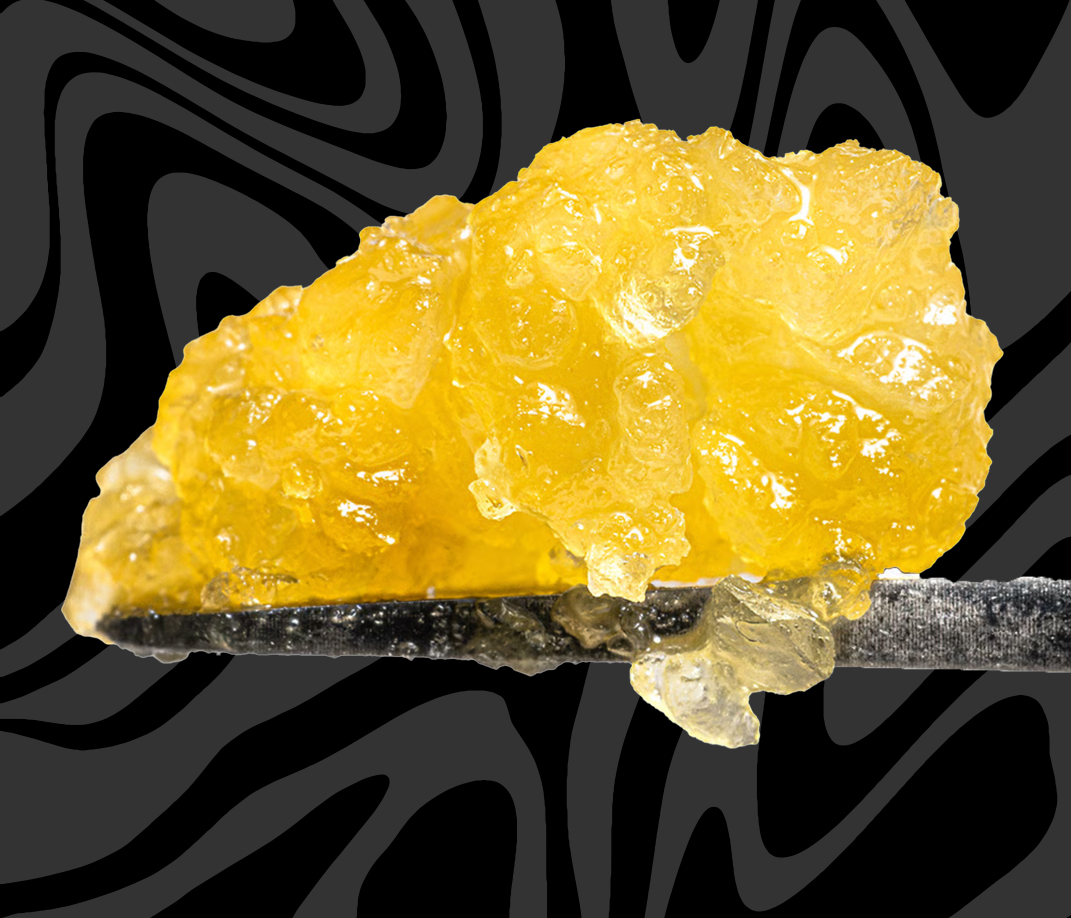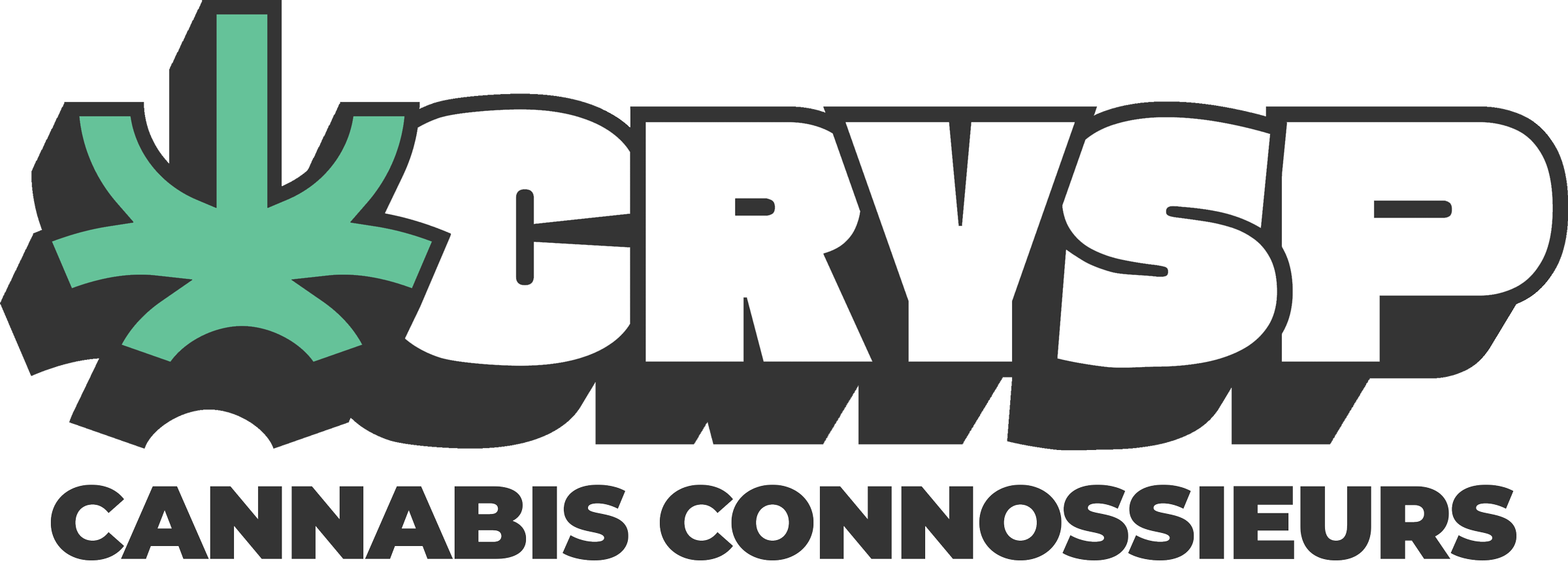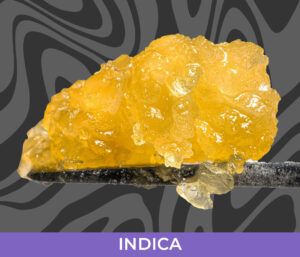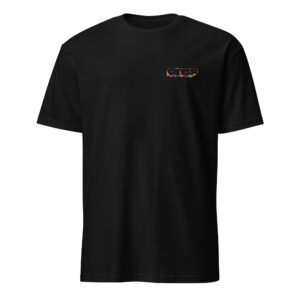Live Resin Sugar
Live resin sugar is a type of cannabis concentrate that retains a high degree of the original terpenes and cannabinoids found in the fresh cannabis plant. Live resin sugar is ideal for those looking to experience a fuller spectrum of the cannabis plant’s flavor and therapeutic properties, making it a favorite among enthusiasts who prioritize taste and aroma in their cannabis products

Showing all 2 results
-
Frosty OG Live Resin Sugar 1.5G
Original price was: $40.00.$39.99Current price is: $39.99. Add to cart -
Fatal Fruit Live Resin Sugar 1.5G
Original price was: $40.00.$39.99Current price is: $39.99. Add to cart
Showing all 2 results
What is Live Resin Sugar?
Live resin sugar is a type of cannabis concentrate that retains a high degree of the original terpenes and cannabinoids found in the fresh cannabis plant. The term “sugar” refers to the concentrate’s texture, which resembles wet, granulated sugar due to its crystalline structure of cannabinoids mixed with a terpene-rich, syrupy layer.
Here’s how live resin sugar is typically produced and its characteristics:
- Extraction from Fresh Plant Material: Live resin is made by freezing freshly harvested cannabis at very low temperatures before and during the extraction process. This method preserves the delicate terpenes and cannabinoids that are often lost during the drying and curing processes of cannabis.
- Extraction Using Solvents: The most common solvents used for creating live resin are butane or propane. These solvents are used to extract the resinous essential oils from the frozen plant material. The resulting product is then purged of solvents under vacuum at low heat to ensure that the flavorful terpenes are not evaporated or degraded.
- Formation of “Sugar”: The “sugar” form develops when the concentrate naturally separates after extraction, leading to the formation of THCA (tetrahydrocannabinolic acid) crystals surrounded by a gooey mixture rich in terpenes. This separation often happens due to the presence of high terpene content which inhibits the crystallization of cannabinoids, creating a consistency that is granular yet slightly sticky.
- Potency and Flavor: Live resin sugar is highly prized for its potency and aromatic profile. Because it retains more of the original terpenes of the cannabis plant, it offers a more complex and robust flavor and aroma experience compared to concentrates made from dried and cured flowers.
- Usage: Like other cannabis concentrates, live resin sugar can be consumed in several ways, including dabbing, vaporizing, or as an addition to flower in joints or bowls to increase potency and flavor.
Live resin sugar is ideal for those looking to experience a fuller spectrum of the cannabis plant’s flavor and therapeutic properties, making it a favorite among enthusiasts who prioritize taste and aroma in their cannabis products.
How do you smoke live resin sugar?
Smoking live resin sugar allows you to fully appreciate its potent effects and rich terpene profile. Here are the most effective methods for consuming this type of concentrate:
- Dabbing: This is the most common and recommended method for smoking live resin sugar. Dabbing involves using a dab rig, which includes a water pipe fitted with a nail or banger (typically made from quartz, ceramic, or titanium). You heat the nail with a torch, let it cool slightly, then use a dab tool to place a small amount of live resin sugar onto the heated surface. Inhale the resulting vapor through the rig. Dabbing provides a potent, immediate effect and allows you to experience the full flavor profile of the concentrate.
- Vaporizing: Using a vaporizer specifically designed for concentrates is another effective way to smoke live resin sugar. High-quality vape pens or tabletop vaporizers can heat the concentrate to a controlled temperature, turning it into vapor without combustion. This method is more discreet and portable compared to dabbing.
- Sprinkling on Flower: You can enhance the potency and flavor of your cannabis flower by sprinkling live resin sugar over it. This can be done in a joint, blunt, or in a bowl. When the flower is burned, the live resin sugar also combusts, adding its concentrated cannabinoids and terpenes to the smoke.
- Using a Health Stone: A health stone is a porous stone that fits inside a pipe or bong. You apply the live resin sugar directly to the stone, then heat it with a torch and inhale as usual. The stone’s surface heats the concentrate, vaporizing it without direct contact with a flame.
- Electric Dab Rigs or E-nails: For a more controlled and consistent dabbing experience, electric dab rigs or e-nails allow you to set a precise temperature for vaporizing the concentrate. This method offers the benefits of traditional dabbing without the need for a manual torch.
When smoking live resin sugar, start with a small amount due to its high potency. Adjust your dose based on your tolerance and the effects you desire. Each method offers a unique experience, so you might try a few to find what works best for you.
Is live resin sugar different than wax?
Yes, live resin sugar and wax are different forms of cannabis concentrates, and they differ primarily in their texture, production methods, and sometimes in their cannabinoid and terpene profiles. Here’s a detailed comparison:
Texture and Appearance:
- Live Resin Sugar: As the name suggests, this concentrate resembles granulated sugar with a wet, often sticky consistency. It consists of crystalline structures (often THCA) surrounded by a syrupy, terpene-rich liquid.
Wax: Wax has a consistency that ranges from creamy to the texture of candle wax. It’s generally more opaque than live resin sugar due to the different way it’s agitated during processing, which can incorporate air and make it fluffier or crumblier.
Production Method:
Live Resin Sugar is made using fresh, frozen cannabis flowers, which are harvested and immediately frozen to preserve the terpenes and cannabinoids. The extraction is usually performed using solvents like butane or propane.
Wax can be made from either fresh cannabis or cured plant material. The extraction also often involves solvents like butane or CO2. After extraction, the product is agitated and purged of solvents under specific temperatures and pressures, which leads to its waxy texture.
Flavor and Potency:
Live Resin Sugar tends to have a more robust and diverse terpene profile compared to many other concentrates, including wax. This is due to the use of fresh frozen plants, which better preserve the natural flavors and aromas of the cannabis plant.
Wax is potent and can be rich in flavor, but the use of cured rather than fresh frozen cannabis can result in a less vibrant terpene profile. The texture and consistency of wax, however, make it a popular choice for many users due to its ease of use and versatility.
Usage:
Both live resin sugar and wax can be used in similar ways, including dabbing, vaporizing, and adding to joints or bowls to enhance potency. The choice between them often comes down to personal preference regarding texture, ease of use, and flavor experience.
In essence, while both products serve similar purposes as high-potency cannabis concentrates, their differences in texture, production, and flavor profiles cater to varied consumer preferences and needs.
How much THCa is in live resin sugar?
The amount of THCa in live resin sugar can vary significantly based on the strain of cannabis used, the extraction method, and the specific conditions under which the cannabis was grown and processed. Generally, live resin concentrates, including sugar, can have a high THCa content, often ranging from 60% to 90% or more.
THCa (tetrahydrocannabinolic acid) is the non-psychoactive precursor to THC. When heated (a process known as decarboxylation), THCa converts into THC, the compound primarily responsible for the psychoactive effects of cannabis. The high levels of THCa in live resin sugar make it a potent option for those seeking strong effects after decarboxylation, which occurs when the concentrate is vaporized, dabbed, or smoked.
The precise THCa content can usually be found on the product’s packaging, where lab test results should provide a breakdown of cannabinoid levels. If you’re looking for specific potency details, it’s best to refer to these lab results or inquire directly with the manufacturer or dispensary.




